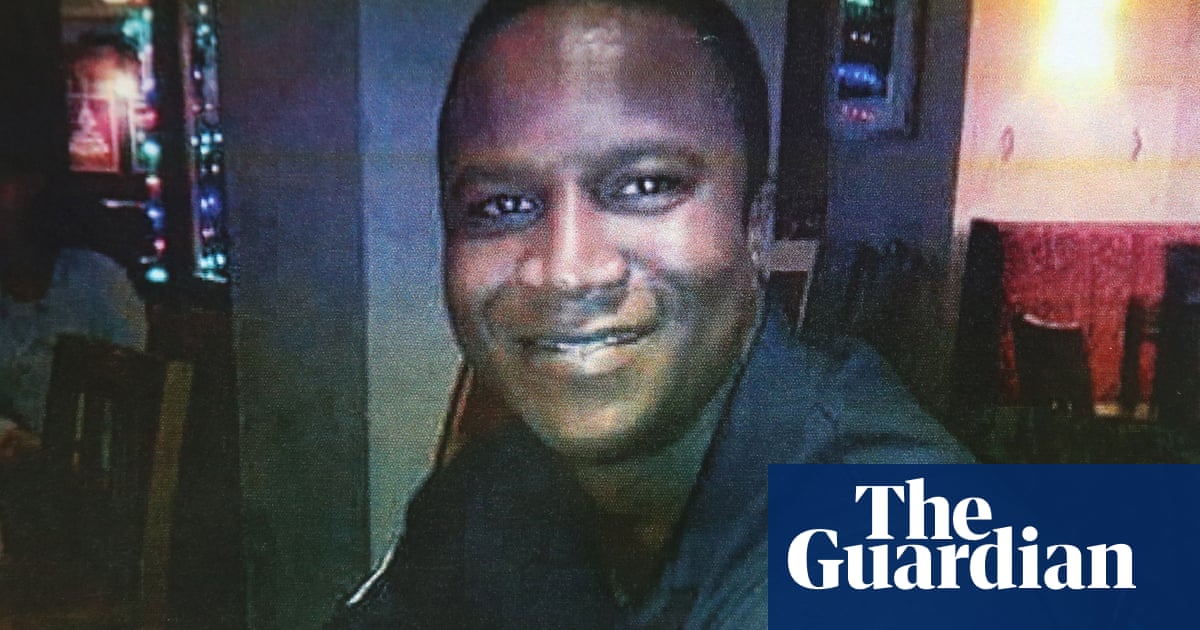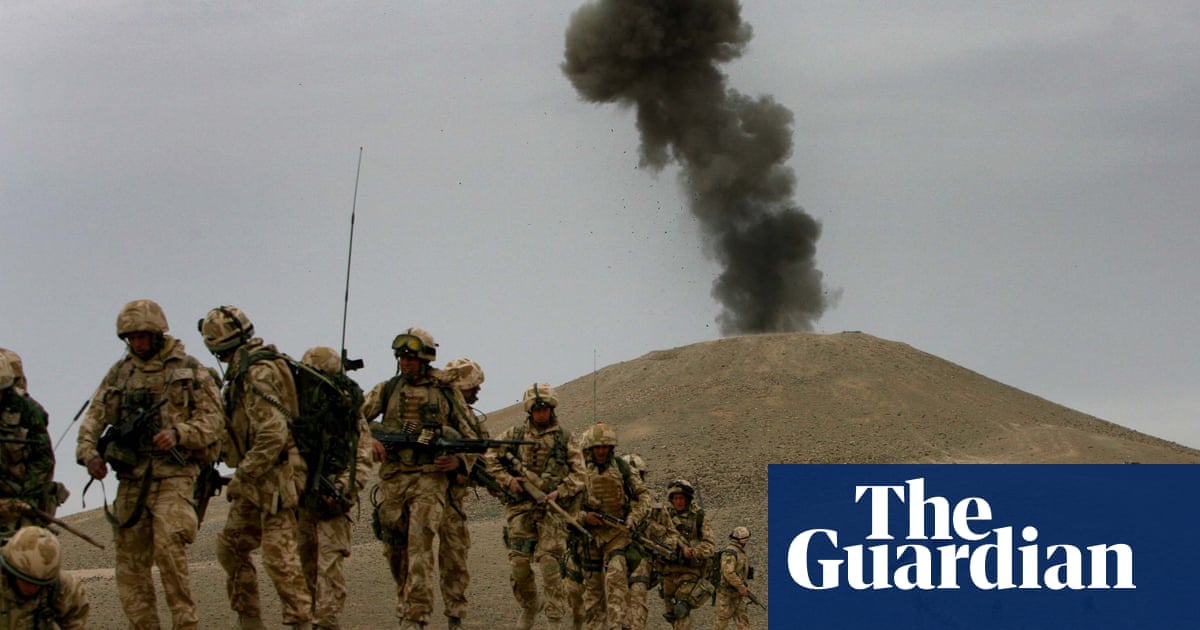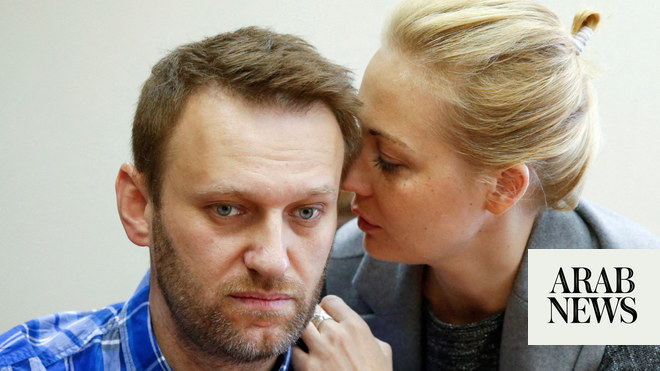
Sheku Bayoh’s struggle while being restrained by at least six police officers should be considered a major part of what caused his death, according to the pathologist who examined his body.
The inquiry into Bayoh’s death in custody heard from Dr Kerryanne Shearer that the 31-year-old had taken ecstasy and another stimulant drug before being restrained by officers in Kirkcaldy, Fife, on 3 May 2015.
Police had responded to reports of a man in an agitated state carrying a knife. He was hit with batons, CS spray and pepper spray, then restrained on the pavement with wrist and leg ties.
A postmortem documented 23 separate injuries to his body. A toxicology report confirmed that Bayoh had taken some drugs that night. No bladed weapon was found.
In a new tranche of evidence-gathering focusing on cause of death, Shearer told the inquiry before Lord Bracadale that the drugs could have caused a fatal cardiac arrest but that restraint or a combination of both could also have been responsible.
The senior counsel to the inquiry, Angela Grahame KC, asked Shearer on her second day of giving evidence what role struggle may have played in causing Bayoh’s death.
She replied: “During these types of struggles, with how the deceased may have behaved and moved, they would have been using a great degree of muscle strength.
“Whilst doing that at such intensity, you can get a breakdown of proteins in the muscle which produces acids and you can get something called an acidosis. You get acids circulating in the bloodstream and those acids can cause irritation of the heart and can irritate the conduction system (of the heart) and can lead to cardiac arrhythmias and cardiac arrests.”
She added: “I don’t see anything at the postmortem to confirm this but it’s taken into consideration with the circumstances described.
“I think the struggle is a major part of it as well. It’s something that has to be considered as being important in the whole scenario.”
On Tuesday, Shearer – one of two doctors who carried out the postmortem – said injuries Bayoh sustained could have been a result of weight or pressure being applied to him.
She said her examination found around eight small “dot” haemorrhages in Bayoh’s eyes, consistent with injuries that may have related to positional asphyxia or being resuscitated.
Shearer also said Bayoh’s breathing could have been impeded by officers restraining him, without having to put weight on him, but there was nothing “categorically indicative” of weight of pressure being applied.
The inquiry, which started taking evidence in May last year, is expected to continue into the early part of 2024 in order to thoroughly examine the immediate circumstances leading up to Bayoh’s death, how the police dealt with the aftermath, the subsequent investigation, and whether race was a factor.












